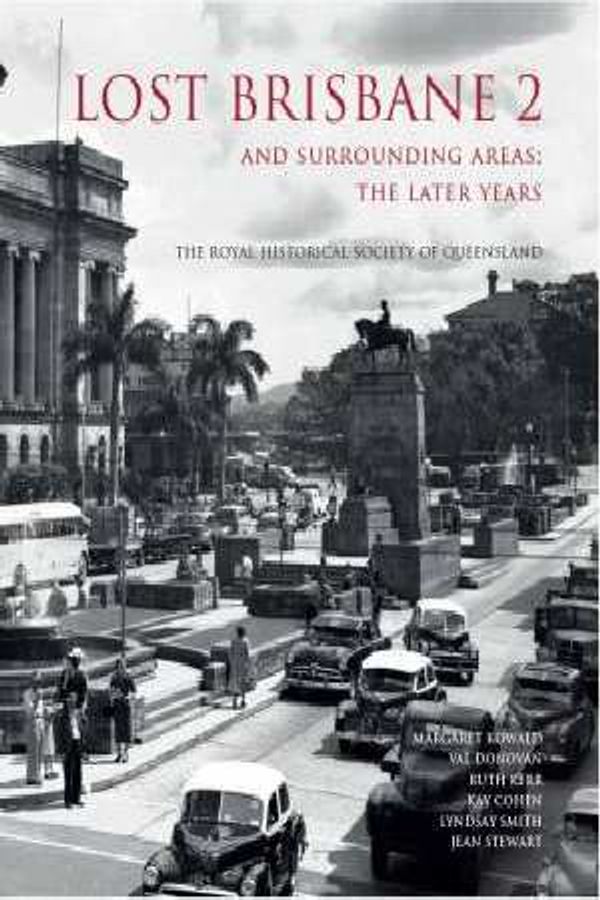Lost Brisbane 2
Various

| ISBN: | 9781925385267 |
| Publisher: | The Royal Historical Society of Quensland, Brisbane, QLD, Australia |
| Published: | 9 November, 2016 |
| Format: | Hardcover |
| Editions: |
1 other edition
of this product
|
Lost Brisbane 2
Various
Lost Brisbane 2 and surrounding areas: the later years is a joint publication of The Royal Historical Society of Queensland and QBD The Bookshop that follows the successful 2014 publication, Lost Brisbane an surrounding areas 1860-1960. This book traces the changes in the city and its environs in a later period from the 1940s to the 1990s and is a spectacular collection of more than 450 photographs from the Society’s Photographic Collection as well as from other significant collections including that of the Brisbane City Council. The book is not only about buildings and places that no longer exist. It highlights the changes in landscapes, streetscapes, infrastructure, work places, transport, and recreational pursuits. Brisbane was a sleepy city of timber houses when World War II came perilously close and the US military arrived to fight the war in the Pacific. The city recovered with a post-war building boom that created a buoyant jobs market and increased private ownership of motor vehicles. The population looked to areas outside Brisbane for recreation which they found at the beaches of the Gold and Sunshine Coasts. Photographs bring the story to life; the appearance of air raid shelters during World War II, the city decorated for Royal Visits, City Hall as the heart of the city, the introduction of traffic lights, the busy Roma Street markets, the loss of wharves and trams, street protests the cafés, theatres, hotels, and high-rise phenomena. The 1982 Commonwealth Games, the emergence of a South Bank cultural precinct, and the international spectacle of Expo 88 saw Brisbane truly come of age. The dominance of the Brisbane River is illustrated with the 1974 flood, a major event. Suburban sprawl saw retail shopping move to the suburbs. The city became less focussed on heavy industry and manufacturing but maintained its agricultural links with the rest of Queensland. A common thread through the photograph is the way residents embraced change be it during the good times associated with recreation, entertainment, parades, festivals, events and sport; the stressful times during wars and floods; or the challenges associated with new technologies and changing modes of transport. This book is a significant and authoritative work of social history and is more than a nostalgic lament for a lost past. It is a celebration that gives the reader a clear appreciation of how we’ve come to the present.
Shop Preferences
Customize which shops to display. You can include the following shops by logging in to change your settings.

















